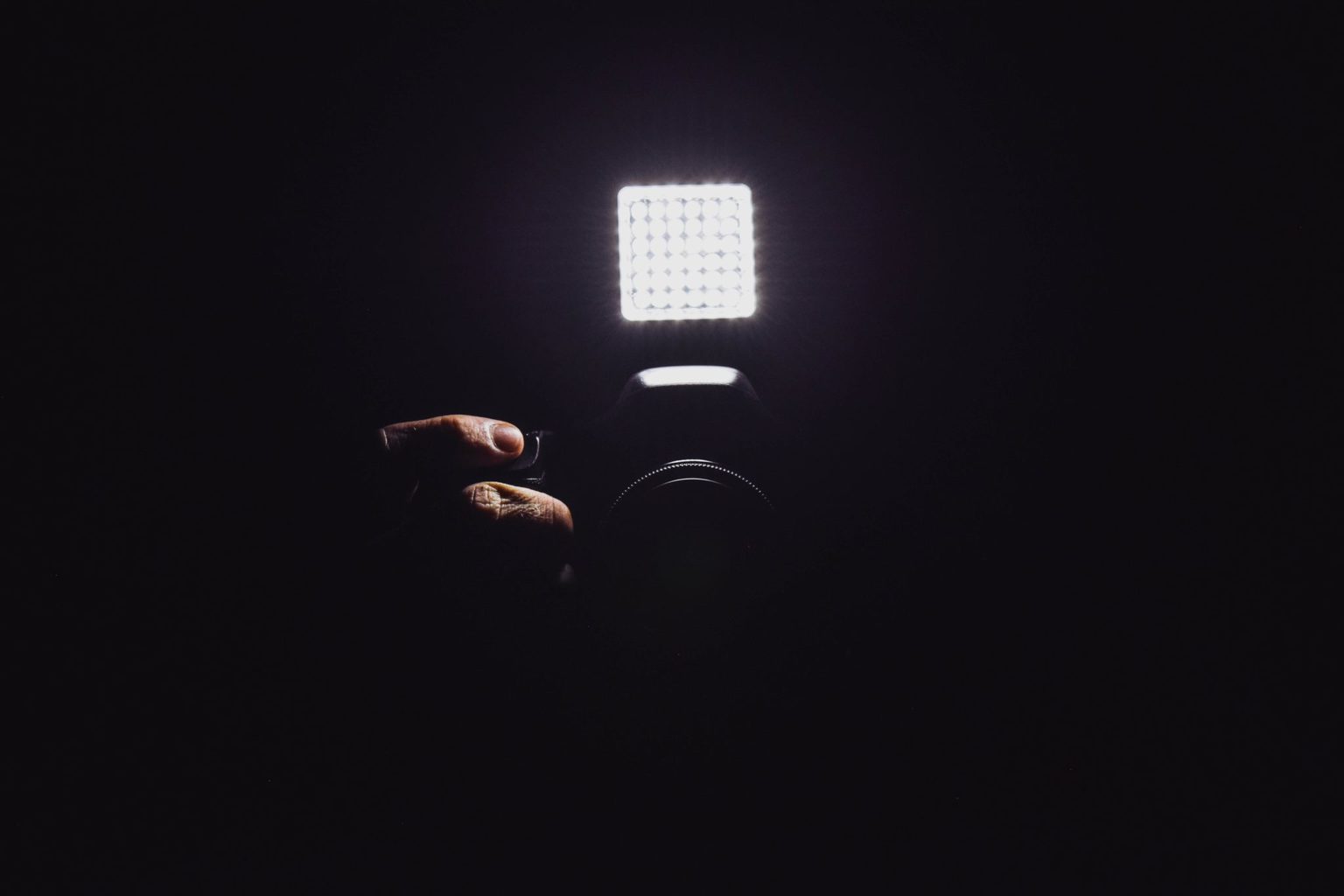Light is everything in photography, we already know that. If you didn't know it yet, write it down well, because it is the first lesson you must learn. In fact, here we have for you a mega guide with everything you need to know about lighting in photography that you cannot miss. And that is why today I bring you an article on photographic lighting accessories . Are they all necessary? Of course not. You can start taking photos (and good photos) without having any of them.
Now, as one takes little steps within this art, trying different disciplines, experimenting, having fun and breathing photography through every pore of his skin, he has needs. Especially related to light management. If you see that you are not getting the best light for your photos and you have already tried everything you could do with the available light, it may be time to take out other types of resources. Let's see what you have at your disposal to master the light.
FLASH
Let's start with the best known but also the most feared. The flash is a device that emits a strong beam of light at the moment of firing.
Flash is feared because it is often misused and therefore produces poor results, but when used well and not noticed, it provides wonderful as well as creative results.
If you're looking for a flash but don't know where to start, here's a buying guide for what to look for.
Below we will see light modulators to use the flash, but there are also other accessories related to it, such as the remote release.
And let's not forget about the ring flash, widely used in macro photography.
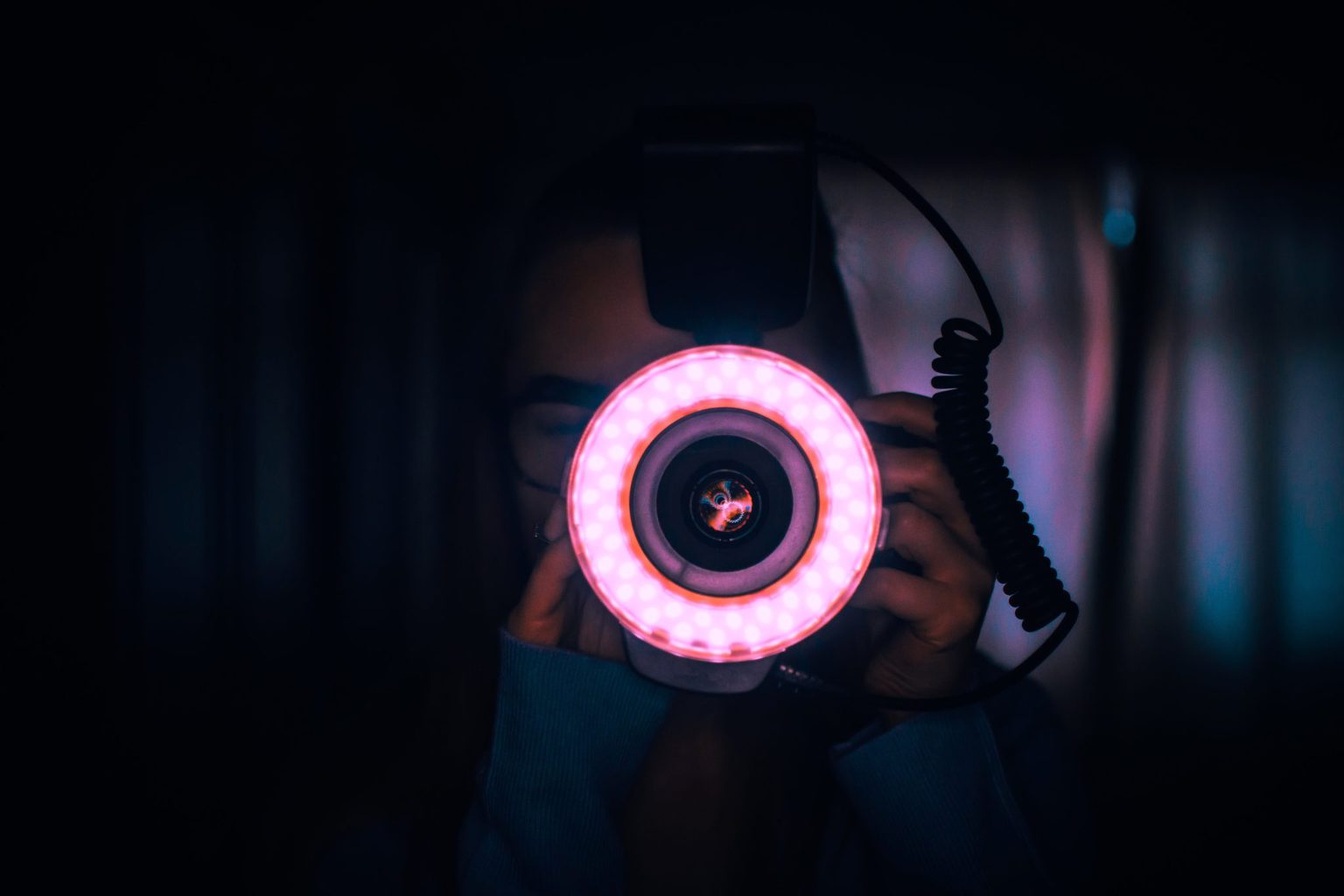
REMOTE FLASH TRIGGER
They are used to activate the flash(es) separated from the camera.
They are of different types:
- Cable: connected to the flash and the camera. The downside is that you can't put them where you want, you can move away whatever the cable lets you.
- Wireless by radio frequency: it consists of a transmitter and a receiver , it allows it to be activated from the camera without the need for cables.
- Optical wireless: the difference with the previous one is that it works just like a TV remote control, if something gets in the way, the connection is interrupted and the flash does not fire. That is why they are not highly recommended, especially in environments where we cannot control what happens.
- Cheaper wireless triggers: such as these, which are cheaper and shoot from a distance, but do not allow you to control the power of the flash from the camera, you have to get closer every time to the point where you have the flash.
When choosing a flash transmitter or remote trigger, make sure it's compatible with your flash.
CONTINUOUS LIGHT
Continuous light, unlike flash, is like the sun, which is sustained, not just appears at the time of the shot. Its main advantage is that you see the result before shooting. Its drawbacks , the power cannot be regulated, it consumes more and can become much more cumbersome. In study it is feasible, in other situations it is not so much.
When it comes to continuous light, there is a whole world of possibilities, so we are going to talk briefly.
LED LIGHT
This type of continuous light that has appeared more recently is widely used in photography and video. The biggest advantages of LED lights:
- have a very long shelf life
- hardly produce heat
- they consume very little
- its light is very soft
- they are quite light and compact
- they are versatile
- they are cheap
- they are universal
TYPES OF LED LIGHTS
There are three types, the choice, as always, depends on the needs.
- panels. They are for larger areas, which is why they are the most used on television sets. They work connected to the network or with batteries.
- Camera torches. They are smaller panels that can be attached to the camera or used separately. They are very easy to transport and you can use them as a support light in photography. They are battery operated. Here you have an example.
- Spotlights. Unlike the panels, they are shaped like a spotlight, so they are more versatile when it comes to adding accessories, such as honeycombs, visors and others (now we will talk about all of them).
LIGHT WINDOWS
Light windows or softboxes can be used as continuous light or to diffuse flash light as we will see below. These have different sizes or shapes depending on the type of light you need. Also depending on the distance from the subject, you will get one type of light or another.
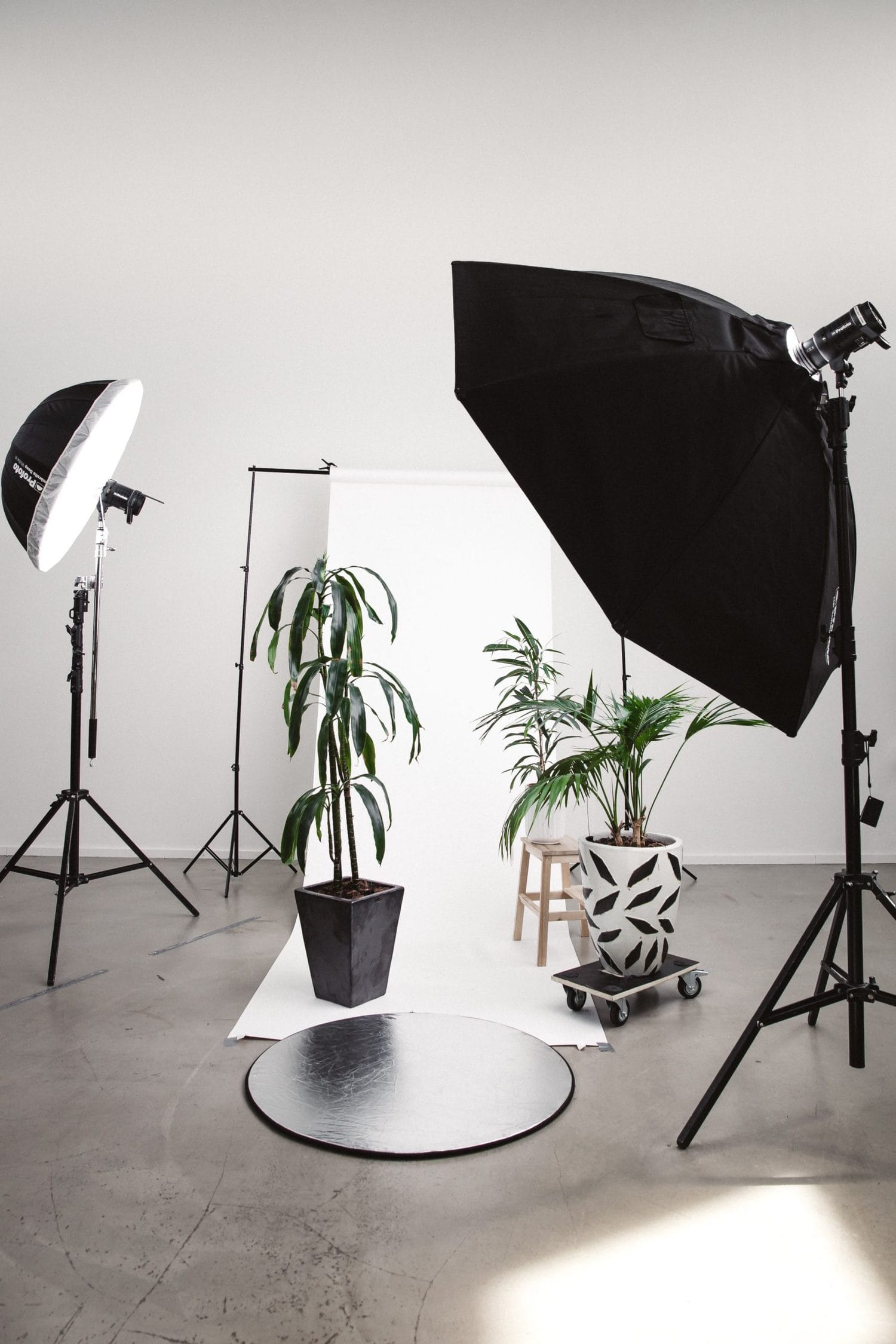
Here is an example, a set of two light windows:
LIGHT BOXES
Indicated above all for photography of small or medium products. They are perfect for achieving uniform lighting, without shadows and with very white backgrounds, although they can also be used with other backgrounds (black, green, etc.). Here I told you how you could make a homemade light box.
There are larger and smaller, fixed or portable. to taste of the consumer? .
LIGHT MODULATORS
DIFFUSERS
Light can be hard or soft. One is not better than the other, it depends on what you are looking for. Each offers different results. But if you need a diffused light and you have a hard one, you can modify it to taste with the diffusers.
There are different types of diffusers, both for natural light, continuous light or flash light.
Flash is of course another light source that is actually quite harsh. That is why many people get a bit of a phobia or even fear of the flash. But this usually happens mainly because, obviously, the beauty of the light is incomparable to that of the flash, but above all because at first we don't know how to use it and instead of obtaining good results, or at least decent ones, we get flashes and run away. But luckily, there are diffusers, reflectors, and other modulators for external flash (and plenty of ways to use it properly).
Here I leave you with some options, both for flash, continuous light or even natural light.
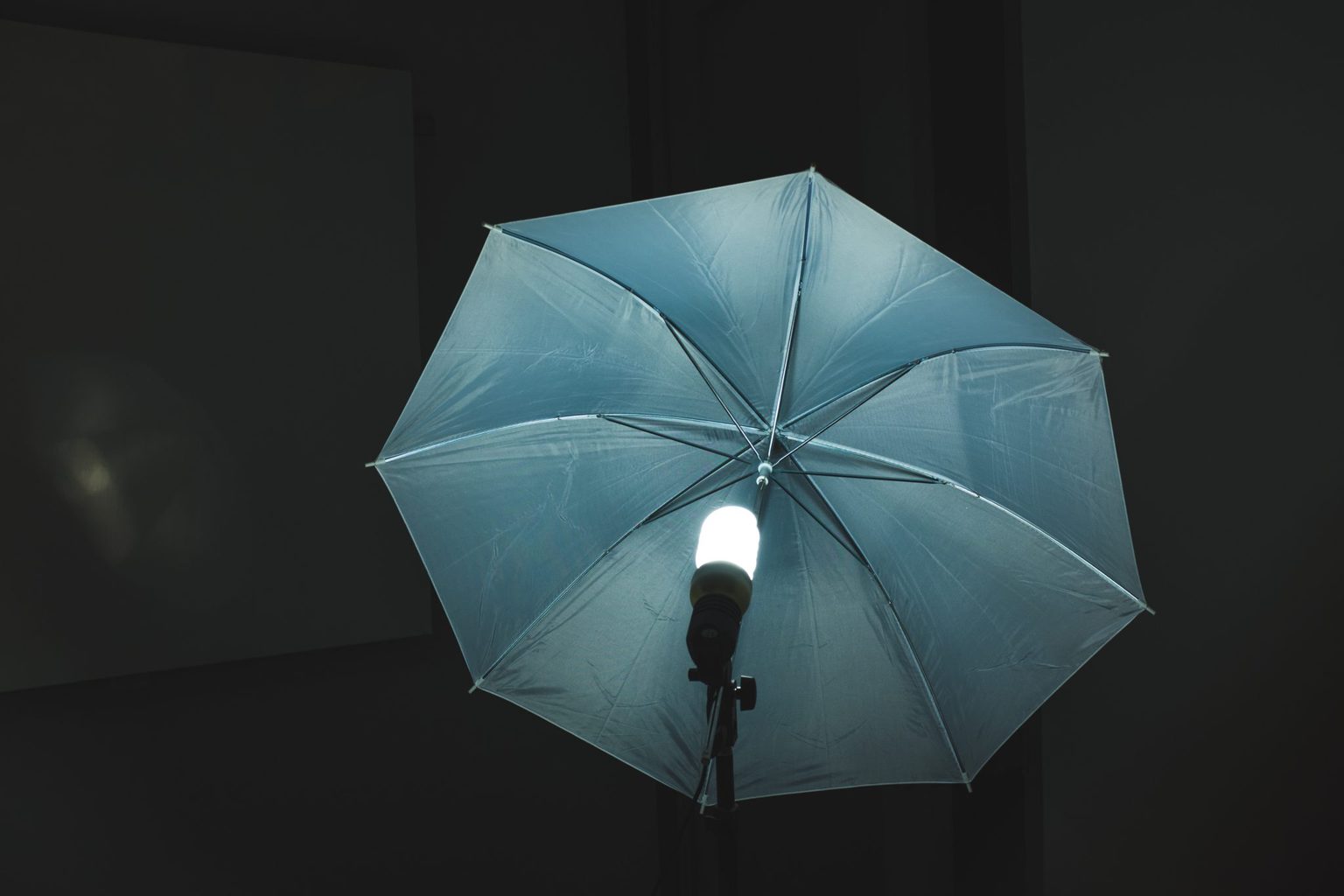
DIFFUSER UMBRELLA
White or translucent umbrellas serve to diffuse the light and achieve less contrast and a softer light. This is an example, but you have many brands and sizes.
SOFTBOX
Light windows are the most common light modifiers. On a flash they increase and soften the light. By distributing light more evenly, they avoid high-light areas.
OCTAGONAL WINDOW
Octagonal windows are also light windows, with the difference that they have eight sides. They also come in different sizes and, in the same way, the bigger they are, the softer the light they create. They are a good alternative to the square ones when you want to imitate the sunlight in the shine of the eyes.
OTHER FLASH DIFFUSERS
These are basic and universal diffusers, if you use the external flash on the camera, better do it with one of this type:
This can be a pocket-sized all-in-one, because you can use it as a diffuser, snoot, honeycomb grille, and silver/white/black reflector.
In this video you can see a comparison of the effect of different diffusers on a portrait. It's in English, but it's perfectly understandable, because he changes the diffuser and takes the photo with the poster of each diffuser and at the end he puts all the photos together so you can see the differences.
REFLECTORS
Reflectors are used, as the name suggests, to reflect light. You can use natural reflectors, such as white walls, but also use specific reflectors when you have no other choice. They come in many shapes and sizes. Here I told you about my 5-in-1 reflector.
WHAT TYPES OF REFLECTORS ARE THERE?
As I have told you, there are many shapes, sizes and colors. The shape and size will depend on the reason you want to illuminate.
REFLECTOR COLORS AND HOW THEY AFFECT LIGHT
- White reflector: reflects light without changing its tone.
- Gold reflector: reflects a warm tone.
- Silver reflector: reflects a colder whole.
- As a precise and focused fill light .
- As a backlight to illuminate a part only.
- As a main light to illuminate only the subject.
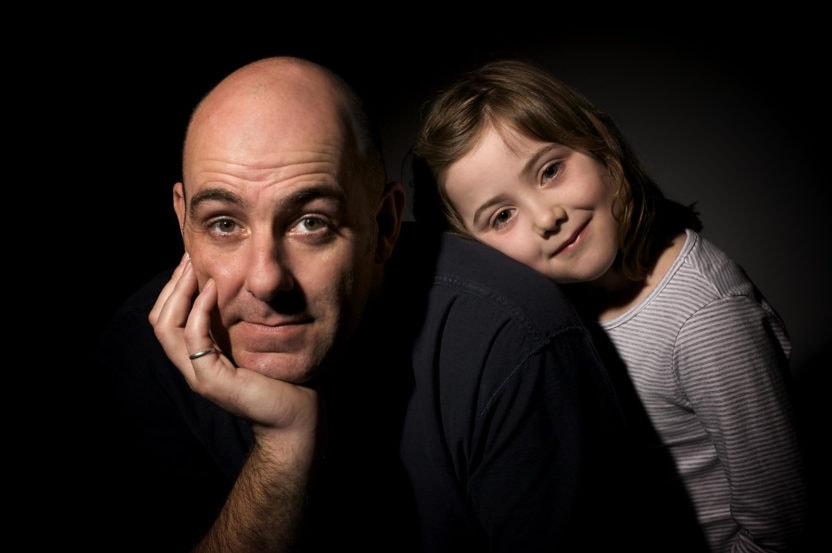
REFLECTION UMBRELLA
These umbrellasthey serve so that the flash bounces off them and reflects the light on the subject. The larger they are, the more they spread the light, and the more they soften it. Although they can also be used with continuous light.
EYELIGHTER
The eyelighter, or curved reflector, in U, etc., is a silver reflector that has an arc shape. Its design is intended for portrait and beauty photography. This is an example of an eyelighter.
Remember that you can also use a white cardboard, or a piece of aluminum foil, there are many home resources that you can use when it comes to reflecting light.
What you have to keep in mind is that the more reflective its surface, the greater the intensity of the reflected light.
OTHER LIGHT MODULATORS
VISORS
What are visors? Also known as movable tabs, flaps, or spotlight flags, they allow light to be shaped and directed in different ways. They do not affect the quantity or quality of light, but they do serve to control the direction or determine which areas of the image we want to be illuminated or not.
There are for flash or continuous lights. They can be used with honeycomb, gels, diffusers or whatever you need.
SNOOT (OR CONE)
The snoot is a tube that is attached to a flash or continuous light to control the direction and size of the light beam. It can also be used with honeycomb or colored gels. Widely used in portrait and product photography.
BEE NEST
The honeycomb, grid, or grid, is composed of hexagonal cells as if it were a honeycomb. They come in many shapes and materials to attach to different accessories. Reduces and channels light rays, preventing them from dispersing towards areas of the image that we do not want illuminated. The deeper the cells are, the angle of the light beam will be more concentrated.
It is ideal for photographs with a black background in which a point of light has stood out.
When to use the honeycomb?
LOCK PANELS
Also known as a flag, it is a black panel that absorbs or blocks unwanted light, you can hold them in your hand or leave them on a support. It is used to create negative zones or absorb light at certain points, to reduce light or create shadows on the subject.
You can use the same 5-in-1 reflector, on its black side, or use one with a support. Like this kit that includes the reflectors and the blocking panel.
To hold it you need the supports, like these, but there are many types and prices.
STRIPBOX
A stripbox is a rectangular window, with an elongated and narrow shape whose purpose is to emit narrower rays of light. They are used to highlight hair or as contour backlights. Here is an example of a stripbox.
COLORED GELS
Colored gels change the color of light. They are sometimes used to correct tonalities or for creative effects. You can use them in the flash, with flashlights, spotlights, etc.
Here, for example, you have a flash accessory kit that includes several of these that I just presented to you:
PHOTOMETER
The photometer or light meter is a device that neither gives light nor modulates it, but measures the intensity of the light and offers us exposure parameters appropriate to the scene. But to learn more about it and find out if you need one or not, it is best to read this article where we tell you everything you need to know about the photometer.
As you can see, the possibilities are endless. You can combine everything you want to adapt it to your needs.
Did you know all these accessories? Have you seen anything new? Which of them have you used? We would like to know your experience, in this way we will surely help anyone who is doubting or has a problem with lighting and needs to be enlightened ;). Thanks for coming this far and for sharing.

